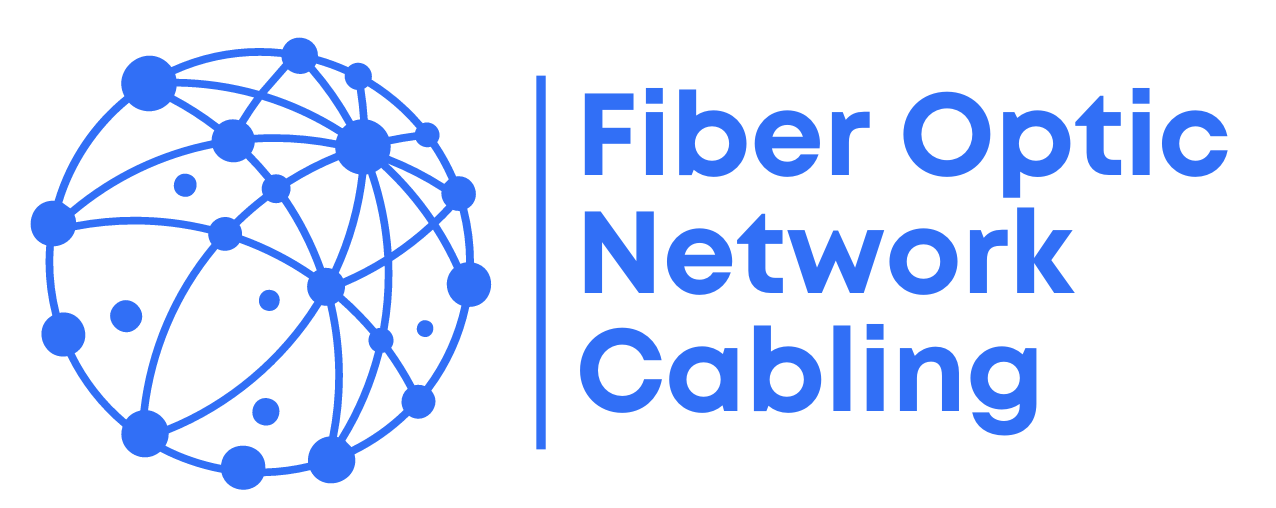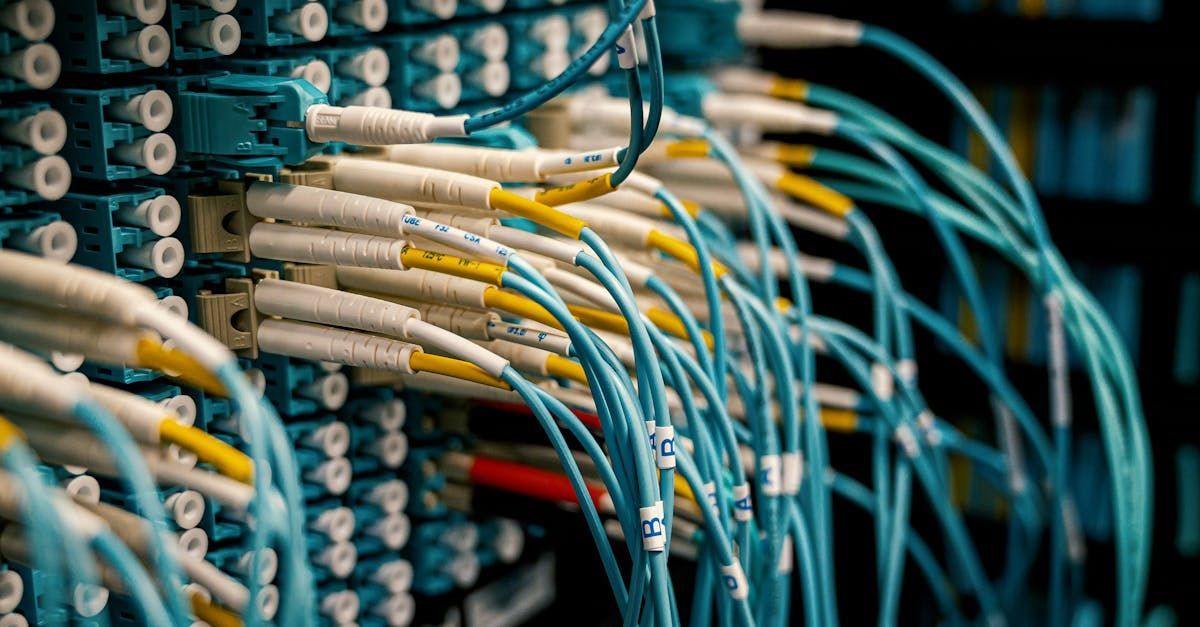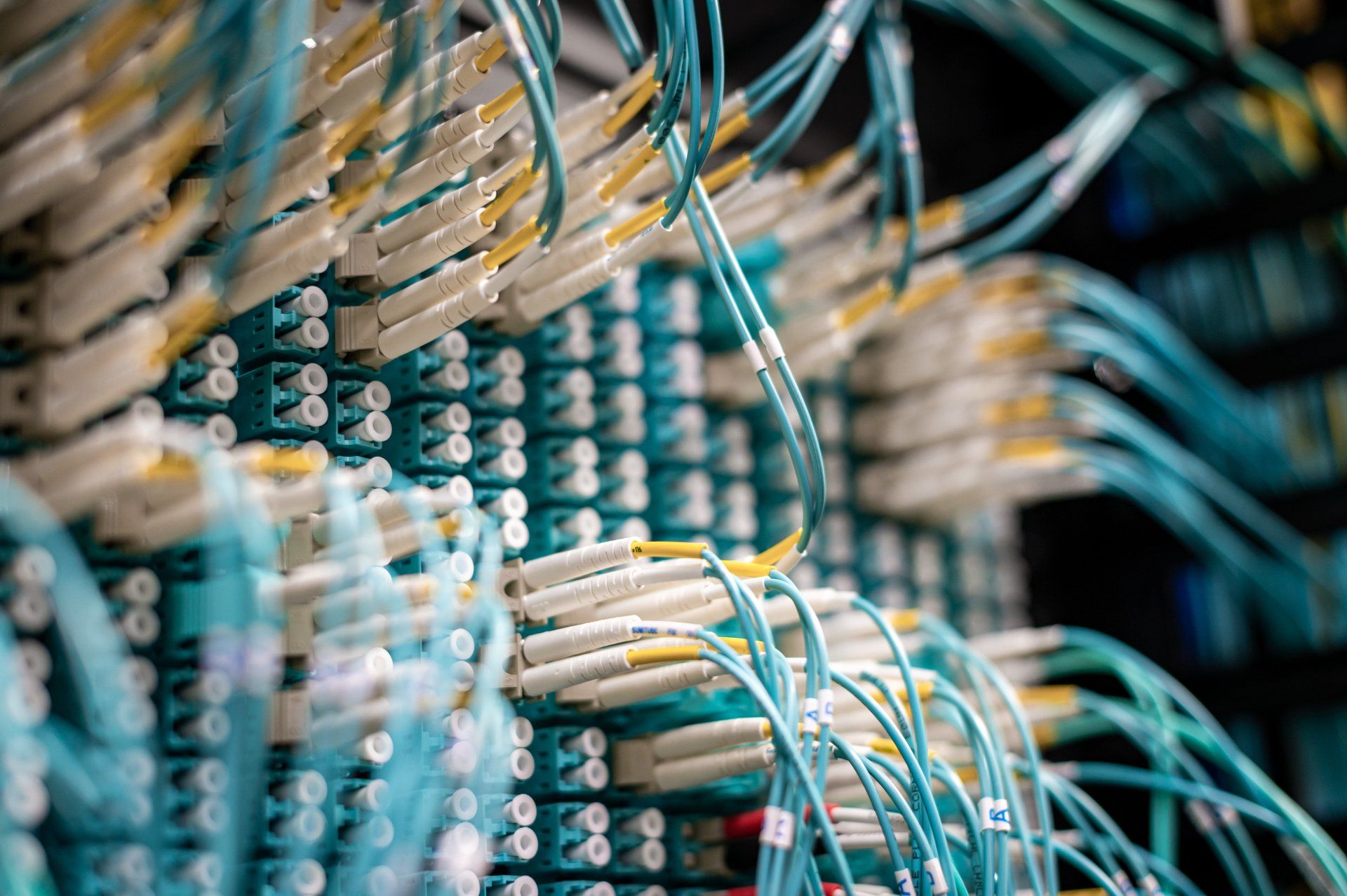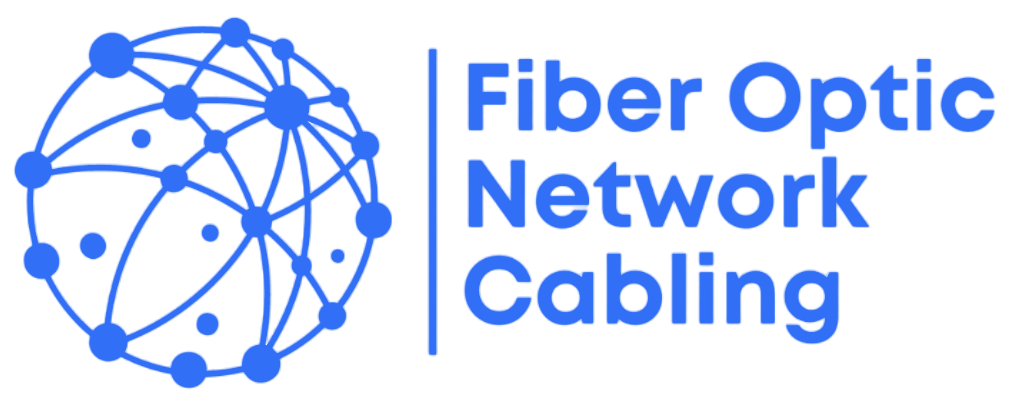Fiber Optic Network Cabling
What is Fiber Optics?
Illuminating the World: A Dive into Fiber Optics
In an era where communication and connectivity reign supreme, the role of fiber optics has become increasingly prominent. Like the intricate web of a spider, fiber optics form the backbone of our modern information age, enabling rapid transmission of data across vast distances at the speed of light. As we delve into the realm of fiber optics, let's illuminate the wonders of this technology and explore its significance.
Unveiling the Magic of Fiber Optics
At its core, fiber optics harness the power of light to transmit data. Imagine a slender strand of glass or plastic, no thicker than a human hair, capable of carrying vast amounts of information. This remarkable feat is achieved through total internal reflection, where light waves bounce off the inner walls of the fiber, ensuring minimal signal loss and maximum efficiency.
The Advantages of Fiber Optics
High-Speed Transmission: Fiber optics facilitate blazing-fast data transfer rates, far surpassing traditional copper cables. Speeds approaching the velocity of light, information travels swiftly and seamlessly across fiber optic networks.
Immunity to Interference
Unlike copper cables, which are susceptible to electromagnetic interference, fiber optics are impervious to such disruptions. This resilience ensures reliable communication even in the presence of electromagnetic fields or harsh environmental conditions.
Secure Communication
Fiber optics offer enhanced security, as they are inherently difficult to tap without detection. Unlike traditional cables, which emit electromagnetic signals susceptible to interception, fiber optics emit no such signals, making them ideal for secure communication networks.
Long-Distance Reach
One of the most remarkable features of fiber optics is its ability to transmit signals over vast distances without degradation. Whether spanning continents or traversing ocean floors, fiber optic cables maintain signal integrity over extended distances.
Applications Across Industries
Telecommunications
Fiber optics form the backbone of global telecommunications networks, enabling seamless voice, data, and video transmission across the globe. From internet backbone connections to high-speed broadband networks, fiber optics underpin our interconnected world.
Healthcare
Fiber optics form the backbone of global telecommunications networks, enabling seamless voice, data, and video transmission across the globe. From internet backbone connections to high-speed broadband networks, fiber optics underpin our interconnected world.
Related Articles:
- https://www.techtarget.com/searchnetworking/definition/fiber-optics-optical-fiber
- https://en.wikipedia.org/wiki/Optical_fiber
- https://www.verizon.com/articles/internet-essentials/fiber-optics-definition/
- https://www.britannica.com/science/fiber-optics
Recent POsts





